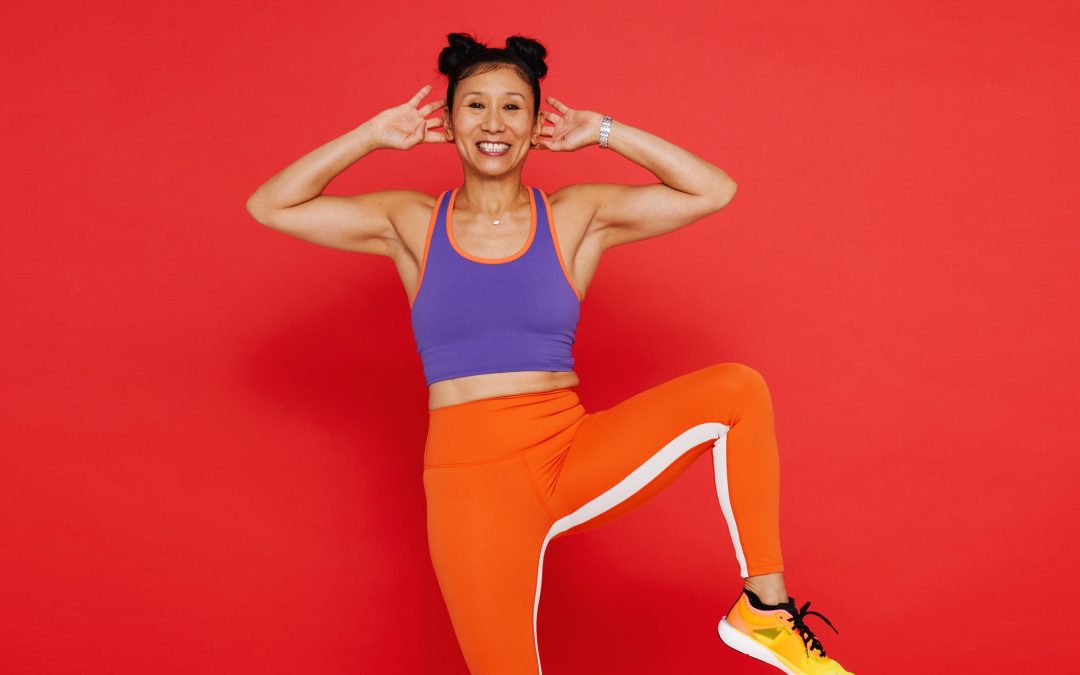From planks to crunches to sit-ups, a lot of classic abs moves take place on the ground. But there are actually loads of standing core exercises you can do to seriously engage your midsection. In fact, standing core exercises provide unique and legit benefits that you won’t get on the mat, making them a worthwhile add to your workout routine.
As for why core strength matters in the first place, well, “the core is the center of the body,” personal trainer Evan Williams, CSCS, CPT, certified strength and conditioning coach and founder of E2G Performance, tells SELF. When you do most any type of functional movement, your core has to engage in order to help you get into the positioning you need to execute that move properly, Williams explains. Another way to think about it: Without good core engagement, your posture and positioning in a move will be off, which will then impede your ability to do it correctly and safely.
Take a deadlift, for example. With good core engagement, you’ll be able to maintain a flat back as you lift and lower the weight, which will allow you to power the move with your glutes and hamstrings instead of arching your spine and inadvertently stressing your lower back.
Now, if you want your core to work as optimally as possible, it’s important to include multiple types of core exercises, including standing moves as well as on-the-ground ones. Standing core exercises are important because so many movements in life are performed from an upright position—whether you’re walking your dog, climbing the stairs, or carrying a load of laundry. “Humans do most of our movements standing up,” says Williams, “so it’s good to have proper strength while standing vertically.”
At the same time, mat exercises have their place, too, since they are generally more beginner-friendly, thanks to the floor, which helps provide stability and a base of support. That means they can be a great starting point for folks easing into an exercise routine. Additionally, because of that ground support, you can add more load in mat moves (usually in the form of free weights, like dumbbells and kettlebells), making these exercises ideal for muscle growth, says Williams.
So yes, a well-rounded exercise program will include both types of core moves. But chances are you may be a bit more familiar with those mat options. So if you’re looking to know more about standing core exercises, well, stay right here. We tapped Williams for must-know info on standing core exercises, including how they work your abs, who they’re good for, and how to add them into your routine. We also rounded up nine awesome standing core exercises that you can try at home. Let’s get to it!
How do standing exercises work your abs?
Both standing core exercises and on-the-mat core exercises work your core muscles. But the difference is how they achieve core engagement. With standing moves, a lot of the core engagement happens as a result of stability and balance work. When you’re performing an exercise standing up, your core has to stabilize in order to resist gravity and keep you in the correct positioning, explains Williams. And if the movement includes a balance component—say, you’re doing single-leg deadlifts, for instance—your core must also engage to keep you from falling over.

